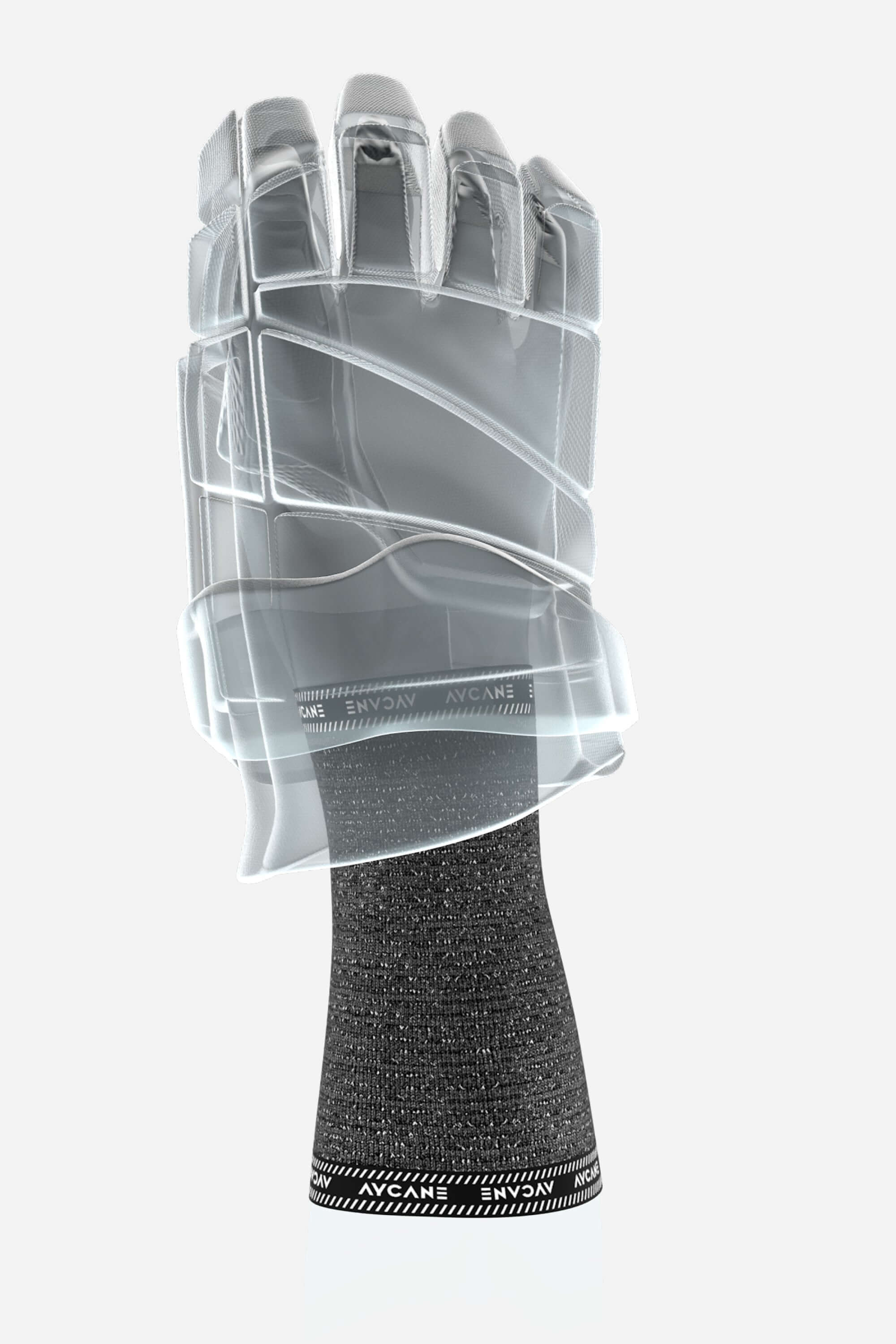Exploring the History of Hockey: From Its Origins to Modern-Day Evolution

In this blog post, we embark on a journey through time to explore the captivating history of hockey, from its early origins to the modern-day evolution that has shaped the game we know and love.
1. The Early Origins of Hockey
The origins of hockey can be traced back to ancient times. Early variations of the game were played by various cultures, with evidence suggesting that a primitive form of hockey was played in ancient Egypt, Greece, and Rome. However, it was in Canada during the 19th century that the foundations of modern ice hockey were laid.
2. Birth of Modern Ice Hockey
The modern version of hockey as we know it today is widely attributed to the efforts of students at Montreal's McGill University in the mid-19th century. They adapted the traditional stick-and-ball games to be played on ice, creating the first rules and establishing the basic structure of the sport. The first recorded indoor game took place in 1875 at the Victoria Skating Rink in Montreal, marking a significant milestone in the sport's history.
3. Evolution of Rules and Organized Leagues
As hockey grew in popularity, standardized rules were developed to ensure fair play and consistency. In 1886, the Amateur Hockey Association of Canada was formed, marking the establishment of the first organized hockey league. Over the years, additional rules were introduced, including the forward pass, goaltender equipment regulations, and the creation of penalty systems.
4. The Emergence of Professional Hockey
Hockey's popularity continued to soar, leading to the emergence of professional leagues. In 1904, the first professional hockey league, the International Professional Hockey League (IPHL), was established in the United States. It was followed by the National Hockey Association (NHA) in Canada in 1910, which eventually evolved into the National Hockey League (NHL) in 1917.
5. Hockey's Global Reach
As the sport expanded, it gained international recognition. In 1920, hockey was introduced to the Olympic Games in Antwerp, Belgium, solidifying its status as a global sport. Since then, hockey has been a mainstay in the Winter Olympics, captivating audiences around the world with its fast-paced action and exceptional talent.
6. Innovations and Technological Advancements
Throughout the 20th century and into the 21st century, hockey has seen significant technological advancements and innovations (check out our innovative gear here). From the introduction of composite sticks and advanced protective gear to improvements in ice-making technology and player tracking systems, these innovations have elevated the game to new heights.
7. Women's Hockey and Inclusivity
Women's hockey has also seen tremendous growth, with the first women's hockey game recorded in 1892. In recent decades, the sport has made significant strides towards gender equality, leading to the inclusion of women's hockey in the Winter Olympics since 1998.
Conclusion
Hockey's captivating history is a testament to its enduring appeal and ability to unite people from diverse backgrounds and cultures. From its humble beginnings on frozen ponds to its modern-day global stage, the evolution of hockey has been nothing short of remarkable. As we celebrate the sport's history, we look forward to the future, where hockey continues to inspire and delight fans of all ages across the globe.
























